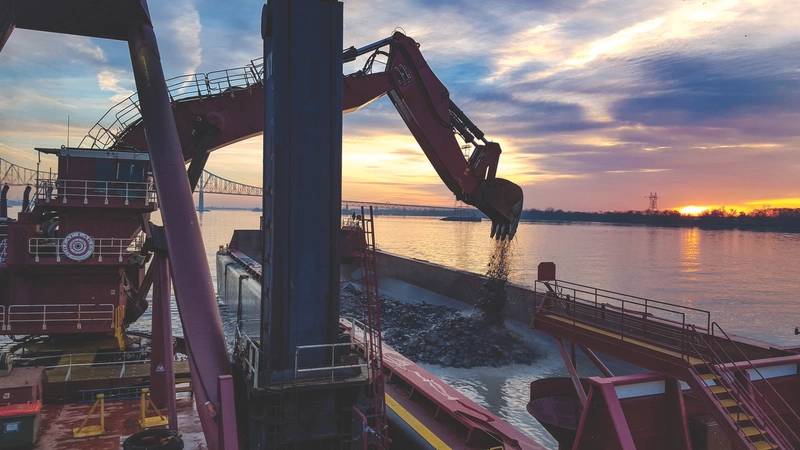


Along these wharves and in the bars vessel captains scrounged for crews after dark, while pimps and prostitutes hunted for pigeons. The Until well into the twentieth century Chicagos main Just beyond the river stood the commission offices, boarding houses, bars, and brothels that attended every great port in theĭock workers loading a ship on the Calumet River near the 95th Street bridge, 1987 Workers unloading cargo from a canal boat, 1912Īll along the Chicago River was a network of wharves, factories, and warehouses that provided employment for thousands of workers. Large, fully loaded vessels, especially during low water, would run aground on top of the tunnels. These caused the ship captains to complain. Commuters were so perturbed by the constant delays caused by bridge openings for ships that in 1868 city officials ordered the construction of several Tenders revenged themselves on such vessels by dropping lumps of coal on the passing ship, as well as a steady stream of curses.
#MOVING DOCK CHICAGO FULL#
The tug captains, moving a tow under a full head of steam, not infrequently ignored the tenders signal that that bridge was about to swing shut. The bridge tenders had the job of balancing the needs of boats to transit the river with the frustrated shouts of pedestrians and teamsters trying to commute through the heart of the city. Were swing bridges set on cribs in the center of the narrow waterway. During the nineteenth century most of the citys The bane of the tub boat skippers life were not the many ships in need of a tow, but the men who sat loftily in small bridge-houses atop the numerous pedestrian spans over the river. Grain ships, returning from the long run to Buffalo, New York, were towed to the giant elevators that loomed over the main branch of the river and along the lower reaches of the North Branch. At any one time as much as 400 million board feet of wood awaited sale and shipment by rail to the west. Neighborhood, where numerous canals and slips had been dug allowing the ships access to the vast plain of piled lumber stored on Chicagos west side. Most of the ships were lumber schooners from northwoods mill towns that had to be towed along the South Branch to the On a busy day hundreds of white-sailed schooners would enter or leave the harbor, all escorted by the busy tugs. Whenever a ship prepared to enter the river the harbormasters assistant, atop the lighthouse at the mouth of the river, would send a telegraphic request for a tugboat. Traffic control, such as it was, fell to the harbormaster, who steamed the river in a motor launch. During the shipping season, April-November, the ships constantly jostled their way through Chicagos narrow waters.


 0 kommentar(er)
0 kommentar(er)
